Estimated reading time: 4 minutes
Sakuu, a Silicon Valley startup, has achieved a groundbreaking development with the potential to revolutionize electric vehicle (EV) batteries. Their innovation lies in the 3D printing of solid-state batteries, representing a significant leap forward in battery technology.
Here are the key features that make Sakuu’s approach groundbreaking:

Solid-State Batteries: In contrast to traditional lithium-ion batteries using a flammable liquid electrolyte, Sakuu’s solid-state batteries employ a solid electrolyte. This design enhances safety, stability, and reduces the risk of overheating, opening up possibilities for faster charging, extended range, and improved fire safety in EVs.
3D Printing: Sakuu’s 3D printing process enables precise and rapid fabrication of batteries in custom shapes and sizes. This capability can result in lighter, more efficient battery packs tailored to specific vehicle designs.
Sustainability: The 3D printing process adopted by Sakuu minimizes waste, presenting a more sustainable approach to battery production compared to traditional methods.
The potential benefits of Sakuu’s technology are extensive:
- Increased EV Range: Solid-state batteries have the potential to store significantly more energy than lithium-ion batteries, potentially doubling the range of EVs.
- Faster Charging Times: Solid-state batteries offer faster charging capabilities compared to lithium-ion batteries, reducing charging times from hours to minutes.
- Enhanced Safety: The inherent stability of solid-state batteries reduces the risk of fires and explosions, contributing to the overall safety of EVs.
- Reduced Environmental Impact: The sustainable production process and longer lifespan of solid-state batteries can contribute to a more environmentally friendly transportation sector.
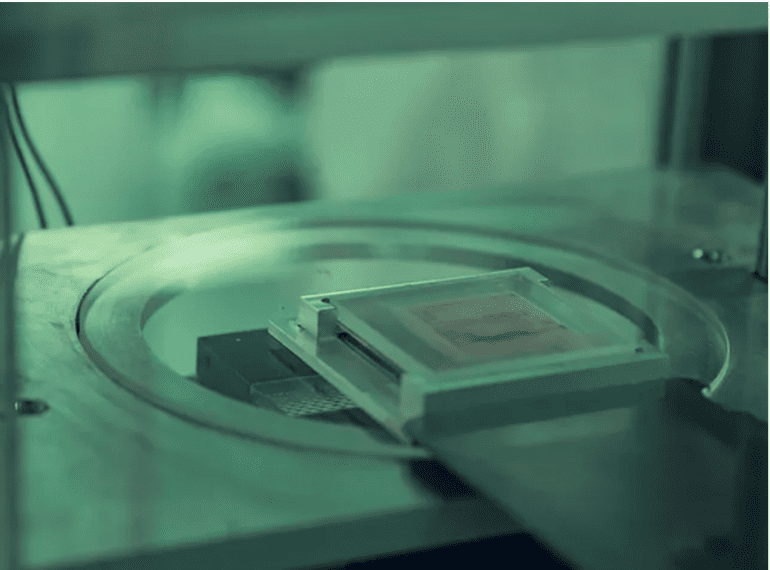
While 3D printing technology has made significant strides in various fields, there are still certain limitations and challenges. It’s important to note that 3D printing is a versatile technology, but it may not be the optimal solution for every application. Here are some aspects where 3D printing might face limitations:
Material Limitations: The range of materials available for 3D printing is expanding, but not all materials are suitable for every application. For example, some industries may require materials with specific properties like high heat resistance, flexibility, or conductivity that may not be easily achievable with current 3D printing materials.
Scale and Speed: While 3D printing can be an excellent choice for producing small to medium-sized components, it may not be as efficient for large-scale manufacturing or when high production speeds are required.
Surface Finish and Resolution: The surface finish of 3D-printed objects might not always meet the requirements of certain industries. Some applications demand extremely high precision and smooth surfaces, which may be challenging to achieve with certain 3D printing technologies.
Post-Processing Requirements: Depending on the 3D printing technology used, post-processing steps such as curing, polishing, or painting may be necessary to achieve the desired final product quality. This can add time and cost to the overall manufacturing process.
Cost Considerations: While 3D printing can be cost-effective for prototyping and small production runs, it may not always be the most economical choice for mass production of certain items, especially when traditional manufacturing methods are well-established and optimized.
Material Recycling: The sustainability of 3D printing materials and the ability to recycle printed objects can be a challenge. The environmental impact of certain 3D printing materials and processes needs to be carefully considered.
While Sakuu’s technology is still in its early stages, its potential as a game-changer for the EV industry is evident. Successful scaling up of production and bringing these batteries to market at a competitive price could lead to a significant shift towards the widespread adoption of EVs in the coming years.




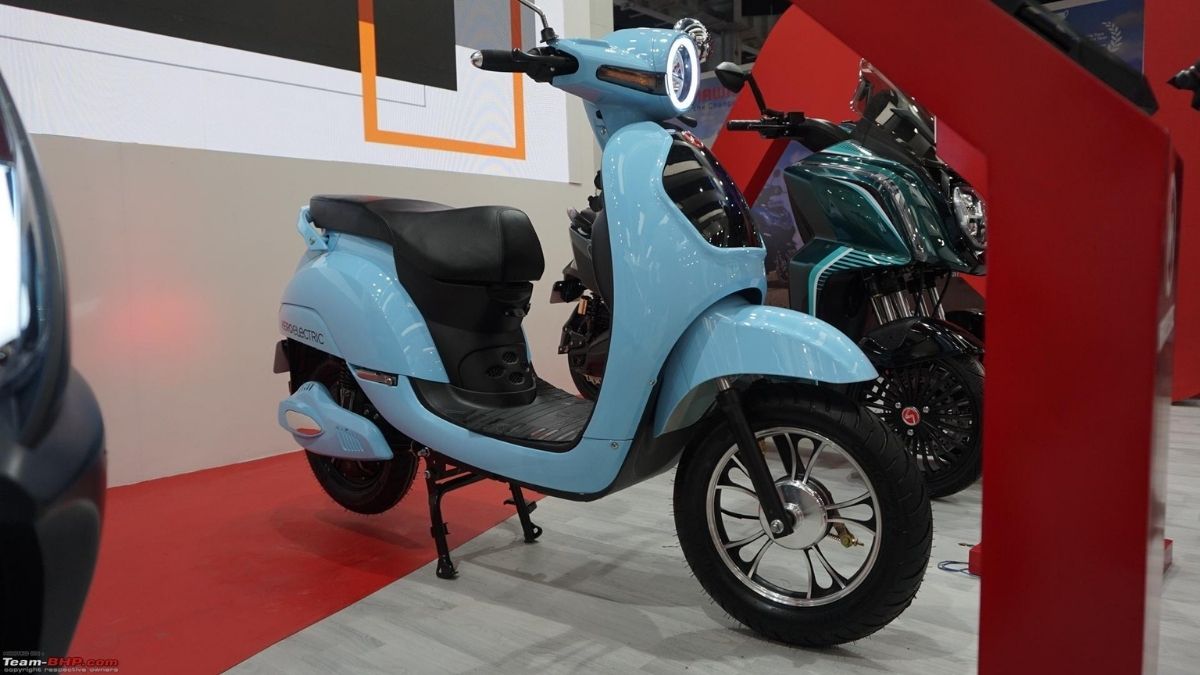

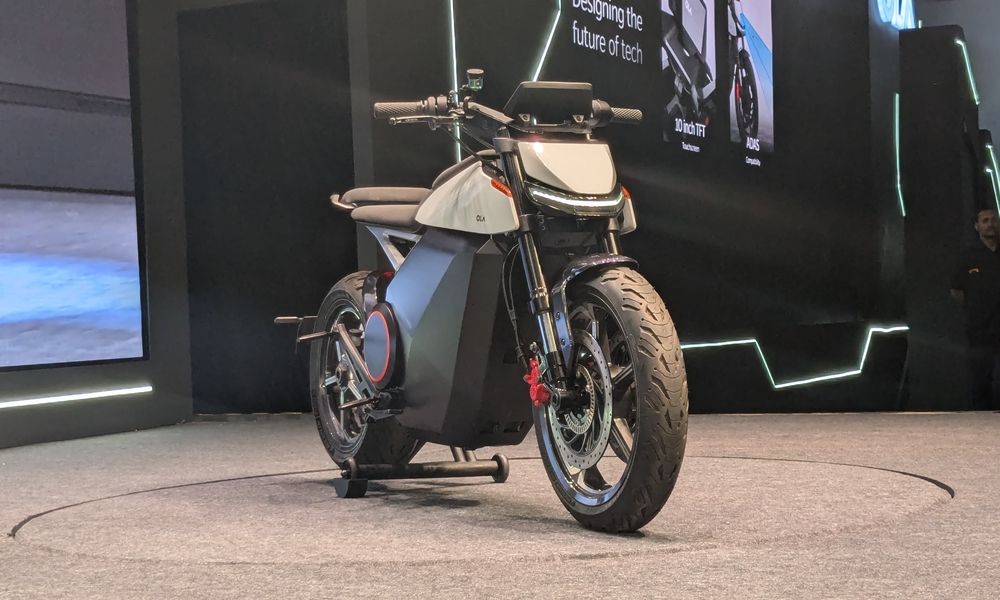



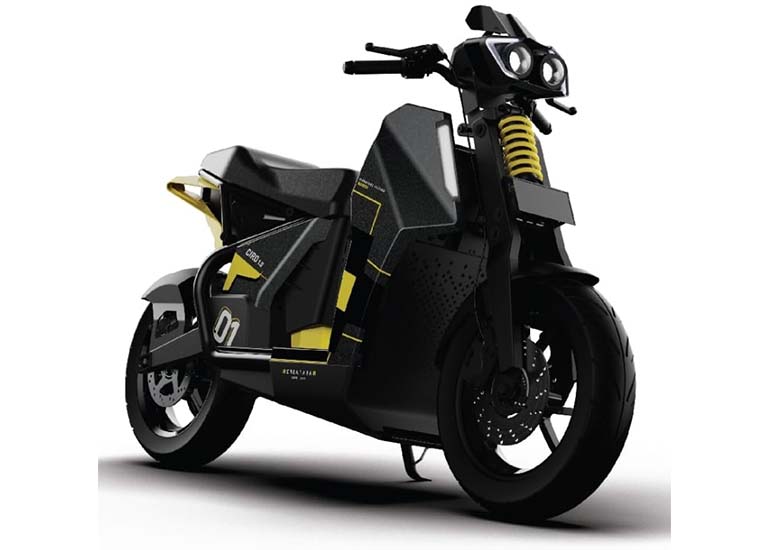


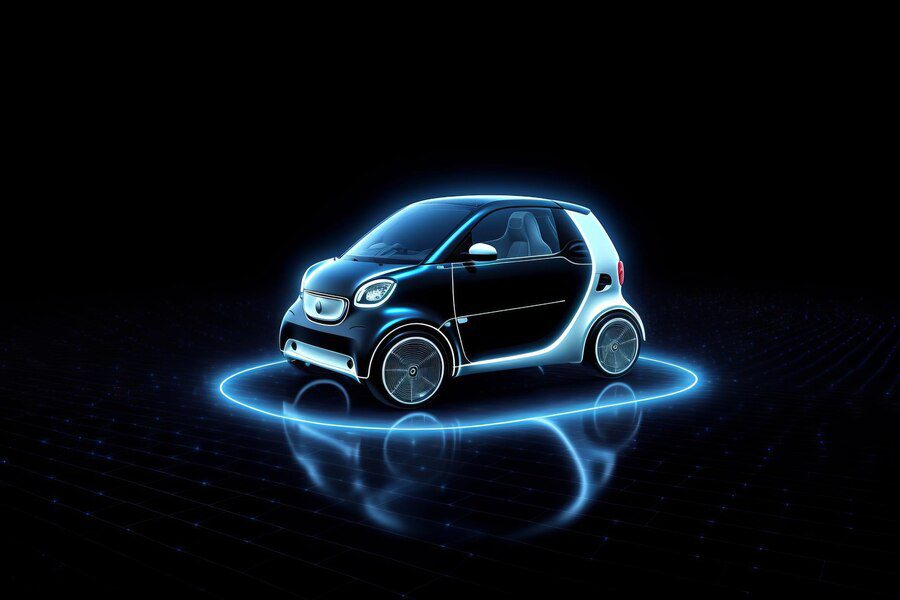

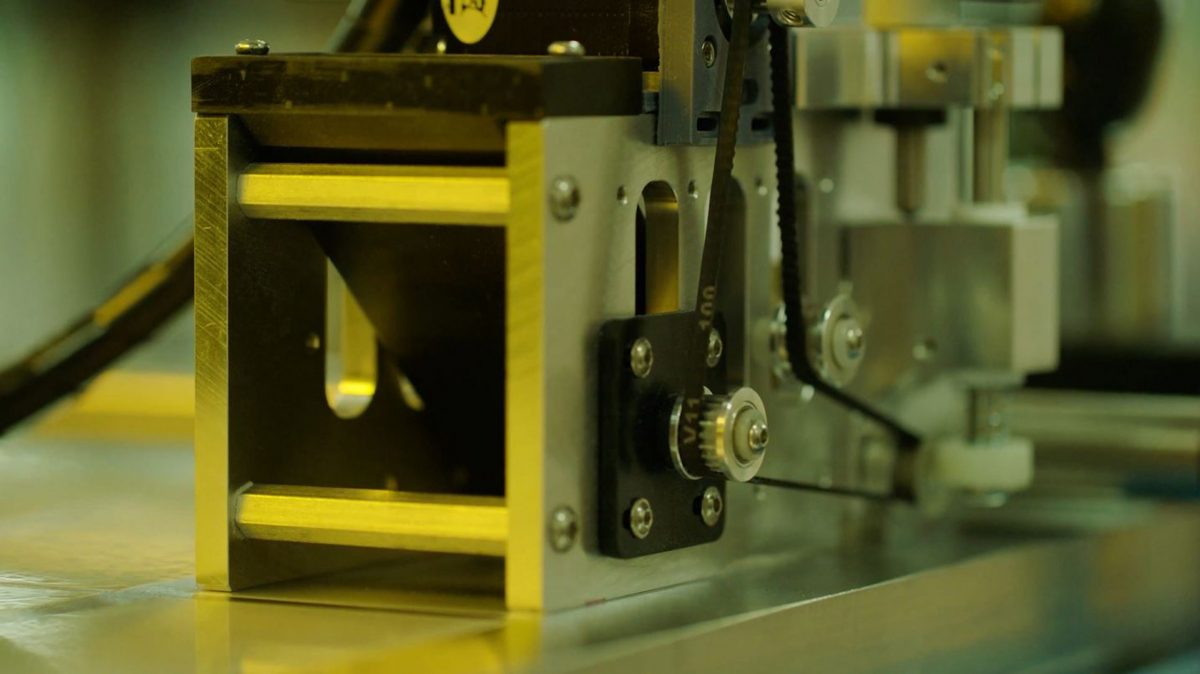

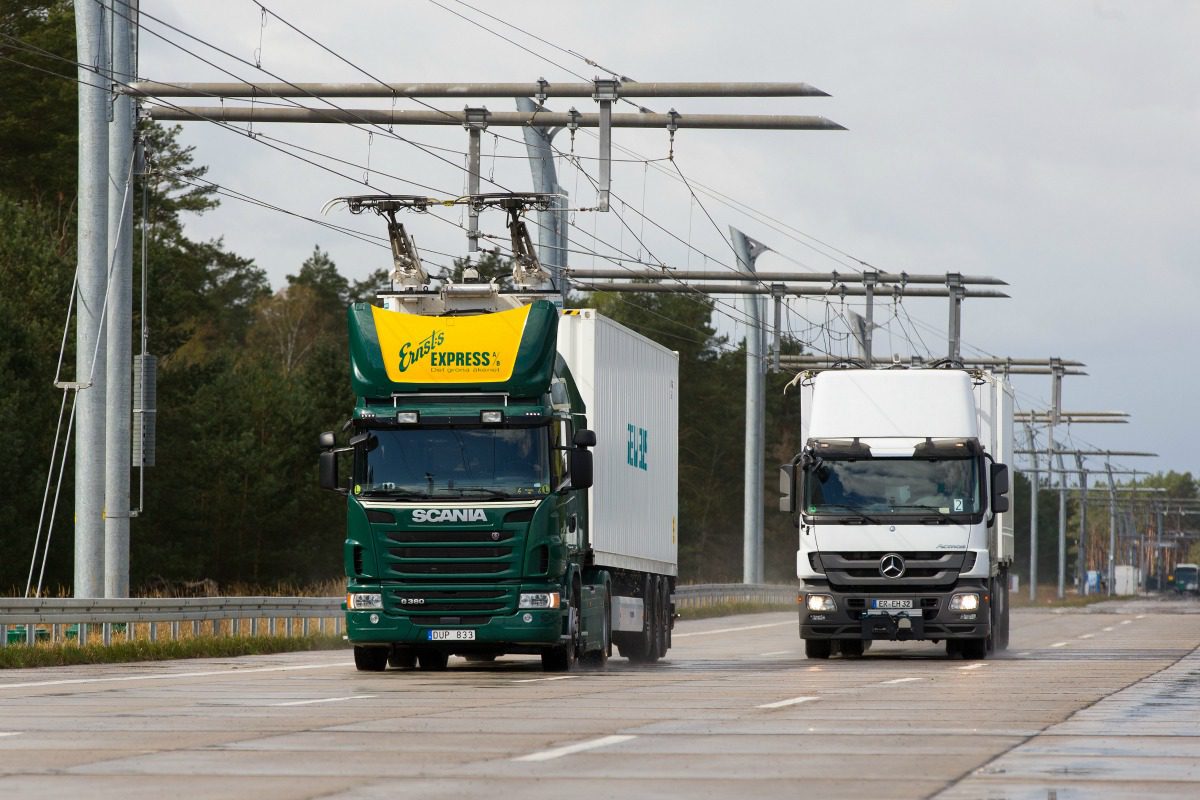
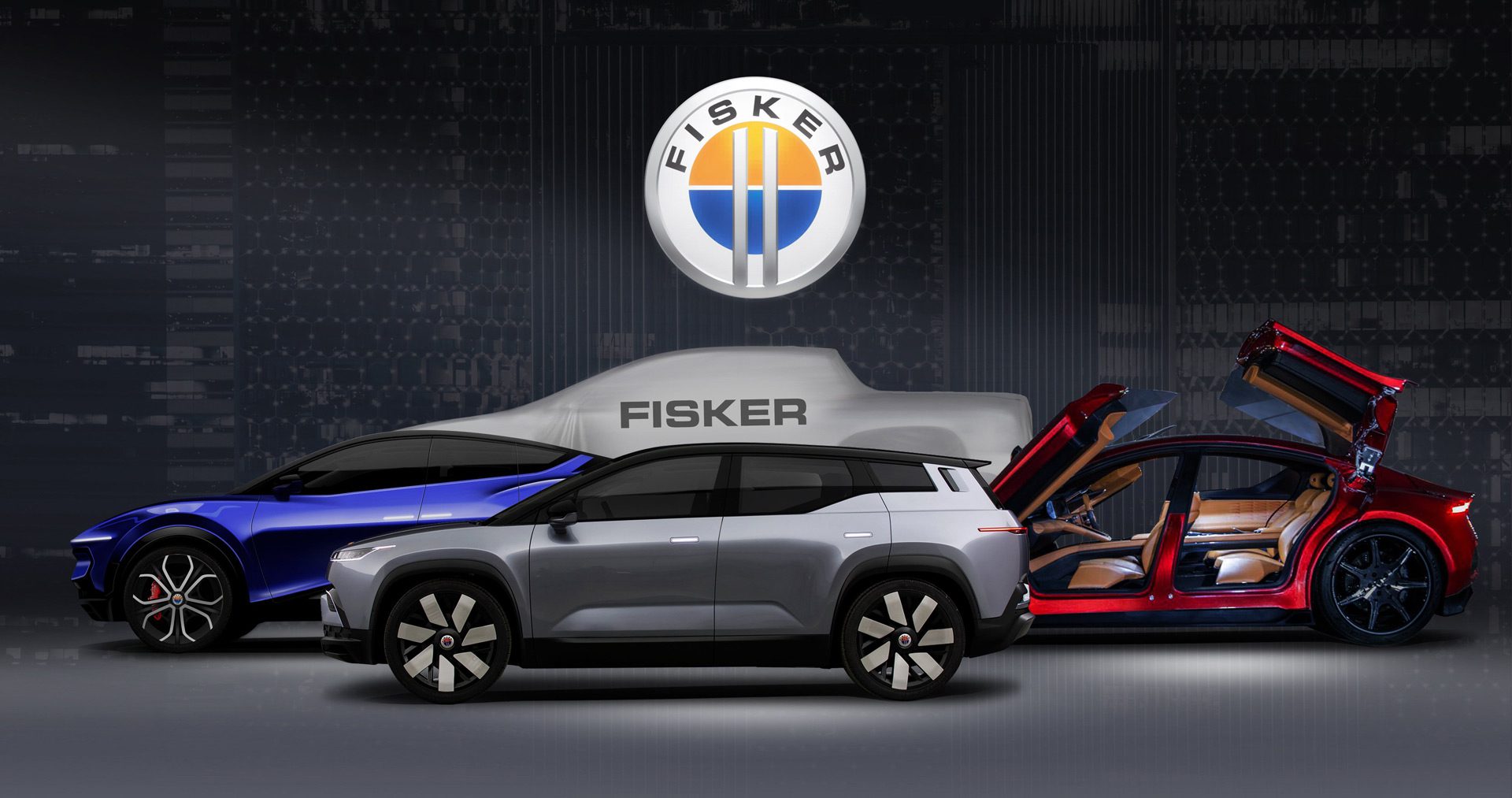

Leave feedback about this